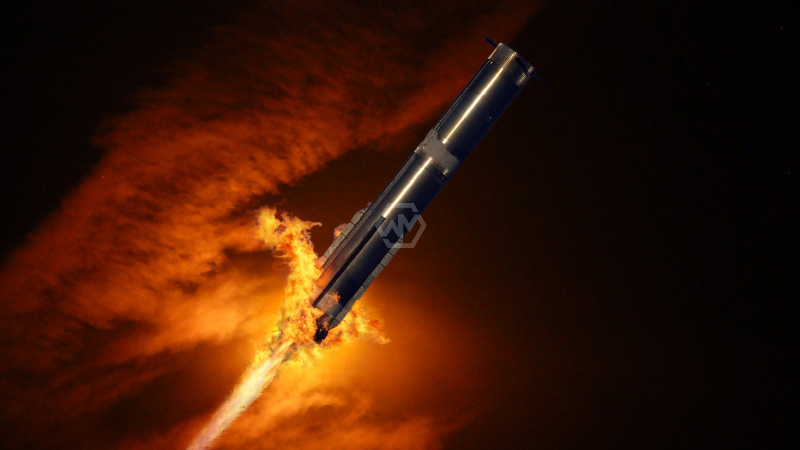- SpaceX lost contact with Starship minutes into its test flight, leading to an uncontrolled descent.
- The booster successfully landed, but the spacecraft suffered an engine failure.
- NASA and SpaceX remain committed to refining Starship for future lunar and Mars missions.
SpaceX’s latest Starship test flight ended abruptly as the spacecraft lost control and broke apart in the sky. The booster was successfully caught at the launch pad, but the upper stage suffered engine shutdowns, leading to an uncontrolled spin and eventual destruction. Debris was seen falling over Florida, sparking safety concerns.
Despite setbacks, SpaceX continues to refine Starship’s design, incorporating lessons from previous failures. The company has been working on improving its fuel system, flaps, and return capabilities.
Another SpaceX Starship Test Faces Setback in High-Stakes Trial
SpaceX’s ambitious Starship program suffered another setback as its latest test flight ended in failure. While the booster successfully landed at the launch site, the upper stage lost control and exploded before deploying its mock satellites. This marks another challenge for the world’s most powerful rocket as it aims for deep-space missions.
Flaming debris was spotted over Florida, raising concerns about the risks associated with these high-altitude tests. The spacecraft was designed for a controlled entry over the Indian Ocean, but the mission ended prematurely. SpaceX’s investigation into previous failures revealed that fuel leaks played a critical role, leading to mid-air explosions.
Despite the setback, SpaceX remains focused on perfecting Starship for upcoming missions, including NASA’s Artemis program. The Federal Aviation Administration had recently cleared Starship for flight after improvements were made to address prior issues. These ongoing tests are essential in refining the rocket’s performance for future crewed missions.
Elon Musk’s vision of using Starship for Mars colonization faces significant hurdles, but each test brings valuable data. While no injuries or damage were reported, the failure underscores the complexities of developing a fully reusable spacecraft. SpaceX will continue iterating on the design, with future launches expected in the coming months.
Starship’s latest failure highlights the difficulties of pioneering next-generation space travel, but SpaceX’s commitment to innovation suggests progress is on the horizon.
“Failure is an option here. If things are not failing, you are not innovating enough.” – Elon Musk



